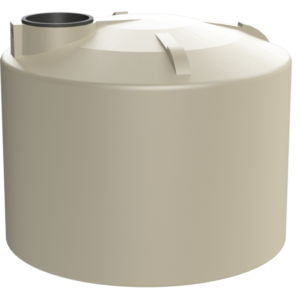The adage "garbage in, garbage out" holds true in the realm of industrial processes. A system is only as strong as its weakest link, and that often hinges on the careful selection of tank and pump packages. Beyond simply storing and transferring fluids, these components significantly influence operational efficiency, product quality, and overall system reliability.

Understanding the Interplay of Tank and Pump
The pressure pumps for water tanks are not isolated entities; they function as a symbiotic system. The tank's design, material, and capacity influence the pump's performance, while the pump's characteristics determine the fluid's flow rate, pressure, and discharge.
Tank Considerations: More Than Just Storage
- Material Compatibility: The tank's material must be chemically resistant to the stored fluid. For corrosive substances, stainless steel or fiberglass reinforced plastic might be ideal, while for non-corrosive fluids, polyethylene or polypropylene could suffice.
- Structural Integrity: Tanks must withstand pressure, vacuum, and external forces. Structural reinforcement might be necessary for large or underground tanks.
- Geometry and Accessories: The tank's shape (cylindrical, rectangular, or conical) and accessories like baffles, inlets, and outlets impact fluid behavior and pump efficiency.
Pump Selection: Beyond Horsepower
- Pump Type: Centrifugal, positive displacement, or diaphragm pumps each have their strengths. Consider fluid viscosity, flow rate, and pressure requirements.
- Material Compatibility: The pump's components must resist corrosion, erosion, and abrasion from the fluid.
- Performance Curves: Understanding the pump's performance curve is crucial. It helps match the pump to the system's needs and avoid inefficiencies.
- Seal and Bearing Selection: Proper seal and bearing choice is essential for preventing leaks and ensuring longevity.
The Impact of Incorrect Choices
A poorly matched tank and pump can lead to:
- Reduced Efficiency: Inefficient pumping, increased energy consumption, and longer process times.
- Product Contamination: Incorrect material selection can lead to product degradation or contamination.
- System Failures: Equipment breakdowns due to improper sizing, overloading, or material incompatibility.
- Safety Hazards: Leaks, spills, or equipment failures can pose safety risks to personnel and the environment.
By investing time and resources in selecting the right tank and pump package, businesses can optimize their operations, reduce costs, and minimize environmental impact.



No comments:
Post a Comment